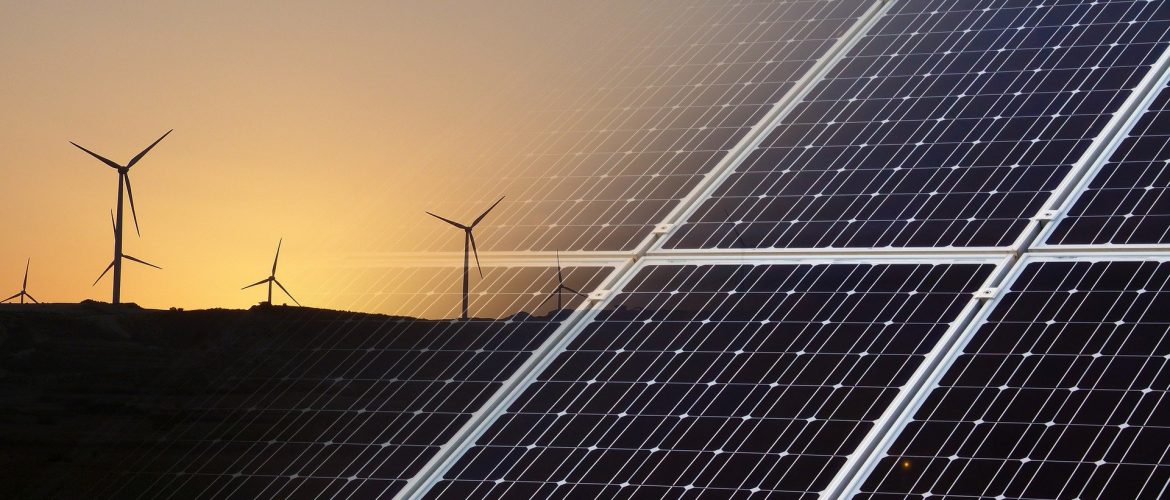According to the latest monthly data for the interconnected electricity network from ADMIE (December 2021):
Lignite hit a new record low. Despite the increased demand in 2021 compared to 2020 (+5%) and the spike in fossil gas prices, especially in the second half of 2021, electricity production from lignite decreased by 6.7% in 2021 compared to 2020, while relative to 2019 the decrease almost reached 50% (-49%).
In the year that net imports shrank to an eight-year low (-59% compared to 2020), the decline in lignite contribution was covered by an almost equal increase in fossil gas and renewables. More specifically, electricity production from fossil gas increased by 17% compared to 2020 and by 29% compared to 2019, while renewables (mainly wind and solar) increased by 16% compared to 2020 and 41% compared to 2019.
Thus, fossil gas and renewables emerge as the main energy sources of the country’s interconnected electricity network, with gas maintaining its lead over renewables (20.9 TWh vs 17.2 TWh) and lignite production reaching the same levels as the electricity produced by large hydro (5,3 TWh).
The gap between renewables (including large hydro) and fossil fuels (lignite and fossil gas) continued to decrease in 2021, even though electricity production from fossil fuels increased in 2021 compared to 2020 due to the large increase of fossil gas.
Specifically for December 2021:
- Monthly electricity production from renewables without large hydro reached a record high with 1706 GWh.
- Renewables together with large hydro covered of 50% of the electricity demand.
- Greece was a net electricity exporter for the third month in 2021 (January and October).
Cumulatively for 2021, the share of renewables together with that of large hydro (43%) exceeded that of fossil gas (40%), while the share of lignite remained at very low levels (10%).
Comparing with the electricity mix 10 years ago:
- Lignite decreased fivefold from 27.6 TWh in 2011 and a share of 53.2% to 5.3 TWh and a share of 10.1% in 2021.
- Renewables (without large hydro) increased almost sevenfold from 2.5TWh and share of only 4.9% in 2011 to 17.2 TWh and a share of 32.8% in 2021.
- Fossil gas had its ups and downs during the last decade, however in 2021 it produced 20.9 TWh (historic high) and had a share of 39.8%, when in 2011 it contributed 6 TWh less (14.9 TWh) having a share of 28.6%.
Despite the rapid decline of lignite in the electricity mix in recent years and the simultaneous increase of renewables, the effort should be intensified in order for Greece to achieve its climate goals, avoiding new fossil gas plants and focusing on energy storage and more rapid deployment of renewables.




















































































































































































































































































































